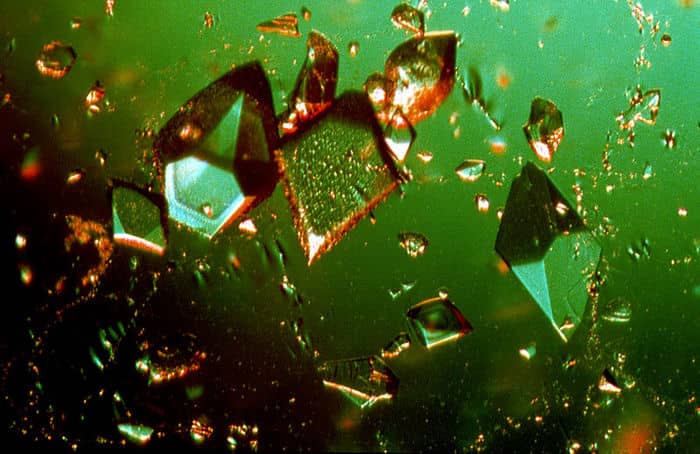Crystallography: the Universe as seen through a crystal
How important are crystals in the Universe, the planets, the Earth, life, and everything around us, including the arts and humanities? Crystallography is the main technique with which we can analyze the atomic structure of almost everything.





